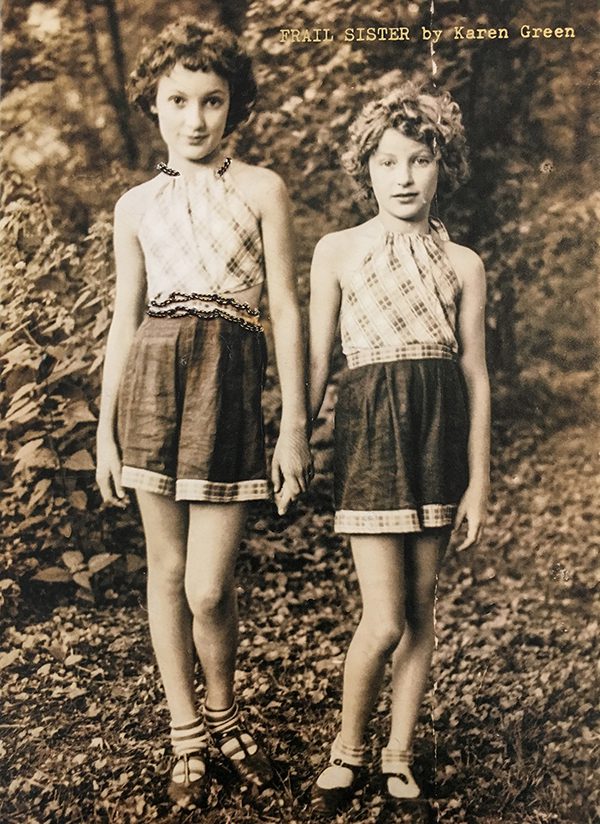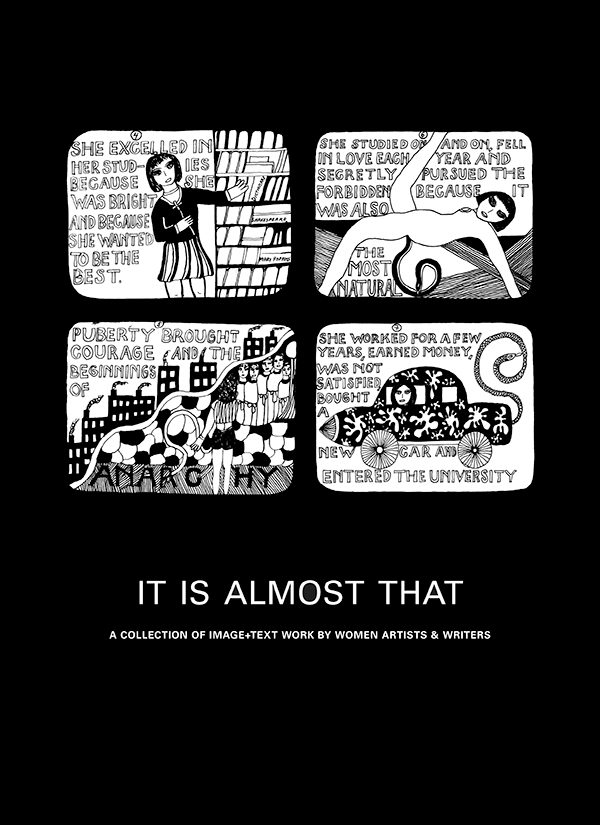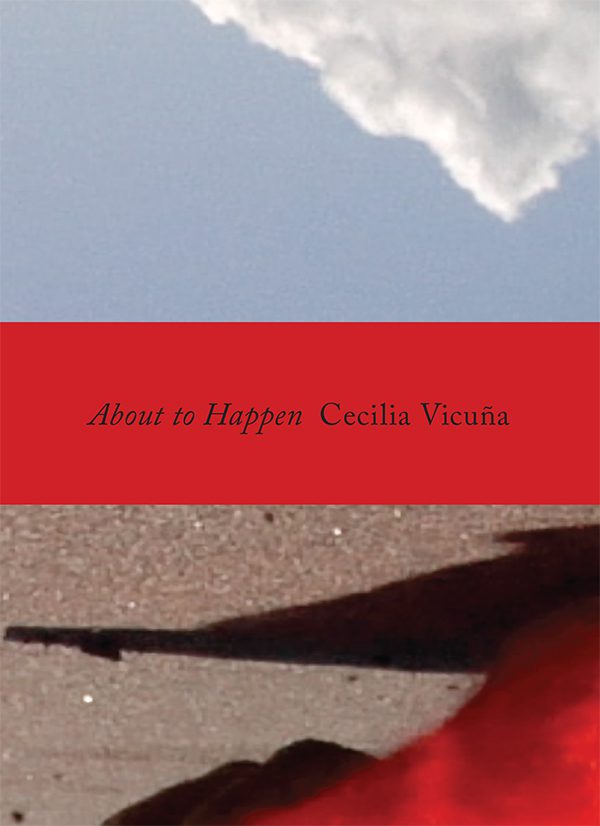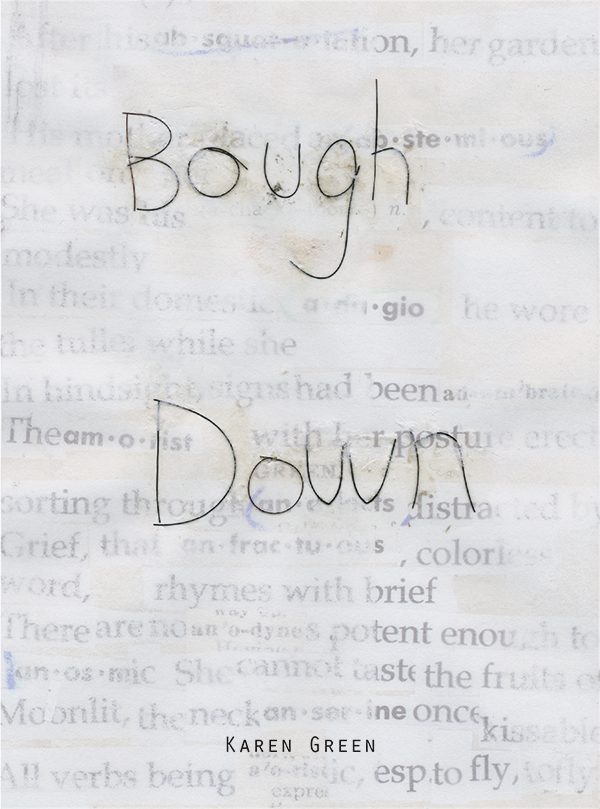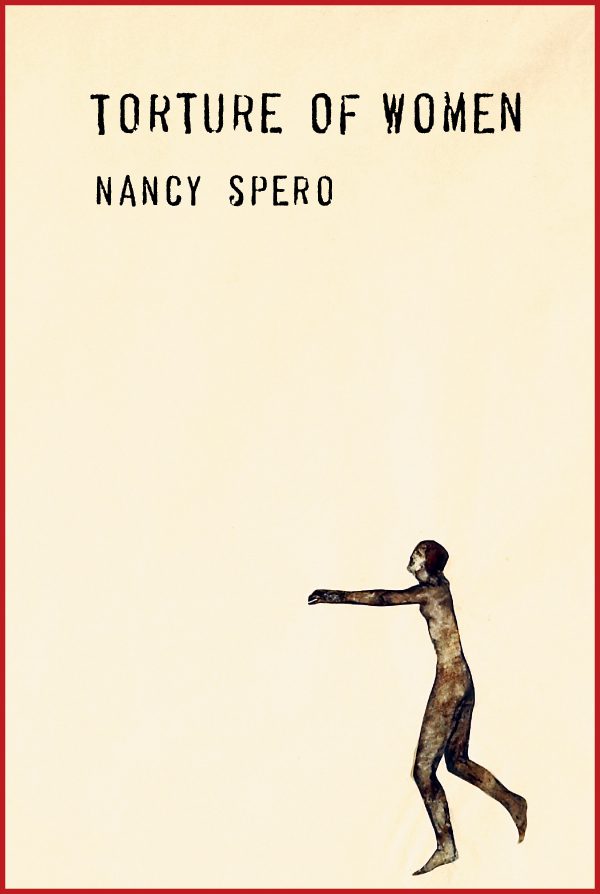
Siglio Press is celebrating its tenth anniversary this month. Its books—authored by Joe Brainard, Marcel Broodthaers, John Cage, Sophie Calle, Karen Green, Dorothy Iannone, Ray Johnson, Jess, Nancy Spero, Cecilia Vicuña, among many others—have received devoted readerships as well as critical accolades from the New York Times, the New Yorker, New York Review of Books, Times Literary Supplement, London Review of Books, Los Angeles Times, Bookforum, and more.
Siglio’s mission statement reads:
Siglio is a small, fiercely independent press driven by its feminist ethos and its commitment to writers and artists who obey no boundaries, pay no fealty to trends and invite readers to see the world anew by reading word and image in provocative, unfamiliar ways.
Publishing at the intersection of art and literature and pushing the boundary of what the page can do, Siglio founder and publisher Lisa Pearson was interviewed about its mission statement and what the anniversary means to the press.
***
The Rumpus: I thought we’d break down the mission statement for Siglio, starting with what it means to be a “small, fiercely independent press.”
Lisa Pearson: “Small” means it’s just me. I wear every single hat except distribution, and while I manage production, my books are generally printed overseas. I have had amazing interns but since I moved [from Los Angeles] to New York and I live way out in the country, it’s just really me, in my barn, in the Hudson River Valley. “Fiercely independent” goes with the “small.” It means Siglio inhabits territory far outside the publishing mainstream without institutional affiliation so I am liberated to think about how to do things differently when they need to be done differently—as they often do.
I’ll give you an example. In a recent interview about her new book Frail Sister, Karen [Green] said she is proud of the fact she has a publisher who wasn’t worried about her making work that might lose readers. What I think she meant was that as the work got darker, more complicated, perhaps more oblique, she felt no pressure to make the work more “accessible.” Instead, I encouraged her to stay true to her vision because my job is to realize her vision in the shape of a book and then cultivate an audience for it. Independence gives me the ability to work on behalf of my authors unmitigated.
Rumpus: What are the challenges of being so fiercely independent?
Pearson: That my work on behalf of my authors is unmitigated! I also have to fight harder for my credibility. Bookstores don’t just order forty copies of every book I publish without blinking as they do with frontlist titles from a big house. My job is to convince people these are compelling, essential works, and I have to do that at every level: from my distributors (so I get good catalog placement and they communicate excitement to their reps) to the bookstores (who often have to think harder and expend some energy to consider where to put my books in the store) to reviewers and editors (who are investing energy and time into writing about and giving space to a Siglio book).
Getting any book published by an independent press into the hands of readers is challenging. Getting an uncategorizable, hybrid image+text book into a reader’s hand: That’s a herculean task.
Rumpus: And the street credibility given to you by readers is important, too.
Pearson: Readers who know Siglio are very excited to make leaps between books. They are adventurous readers who want to be surprised and encounter something unusual. And then I have readers for specific books; they may be very excited about one book but couldn’t care less about the others—but their enthusiasm energizes the press, too—a kind of unexpected bloom in one part of the garden.
Rumpus: Tell me how you came to put a “feminist ethos” into your mission statement and with your ten-year anniversary, and the state of the world, how is that being challenged?
Pearson: On the one hand, it is all about real estate—and the view. It’s about a commitment to parity and making space for work by women, about challenging the kind of language we use to talk about work, to categorize it, to segregate it, so that those paradigms can be exploded. But feminism also deeply informs my commitment to this unusual space between art and literature—Eileen Myles wrote in her review of a cornerstone Siglio book (It Is Almost That: A Collection of Image+Text Work by Women Artists & Writers): “Because the frame is image+text, we’re reminded that all of us generally do more. Female artists don’t just stay in their disciplines; we experience, we forage, we play.” As a publisher, I see feminism as an embrace of experiment, abundance, plurality and heterodoxy; a push outward to the edges and into the margins where the world can be seen—and reinvented—in new ways. The artists and writers I publish often live at those margins because that is where the view is most unobstructed. Feminism opens the field. And that is formally, conceptually, materially a huge part of my mission.
Rumpus: Siglio’s mission statement says “this is what we care about” but then you have to put your words into action. Do you actively seek out women artists? How does that play out?
Pearson: I do, absolutely. A few years after I started Siglio, I went to the Museum of Contemporary Art in Los Angeles for the Feminaissance conference, and poets Juliana Spahr and Stephanie Young gave a presentation that broke down the gender gap in literary awards and certain kinds of publications (it was sort of a precursor to VIDA). I was stunned by how truly gaping the disparity and realized I had a responsibility to do everything I could to contribute to making a difference—and that simply means publishing more women. There’s no lack of amazing work out there, and putting “feminist” in mission statement (along with everything else) helps to draws out that work.
Rumpus: Next the statement describes a commitment to “writers and artists who obey no boundaries, pay no fealty to trends” and in other interviews you’ve spoken about Siglio’s interest in the subversive and its own intention to subvert traditional modes of publishing.
Pearson: There are two things in that question—first the work itself: I look for work that I have to wrestle with, that has both pleasures and challenges I find unfamiliar and magnetic, works that are truly uncategorizable. Certainly many, if not all, of the artists and writers I publish are subverting something, not least of which is form, but often many more things, too, which means I cannot simply use conventional publishing tools without considering how that affects the work. From the physical nature of the book and design choices, to the jacket copy and the marketing campaign—sometimes I exploit convention, sometimes I subvert it, depending on what the book needs.
Rumpus: How do you decide who gets to be seen as transgressive? What are people subverting? Whose definition of normal? Is it yours? Do you try to open your mind to what that means to people outside of your experience?
Pearson: Siglio lives at the margins so that’s where the transgressive often already is. So I hope that I am very open—within the specificity of my editorial vision as those works take their shape in image and text. I certainly don’t decide what’s transgressive, or what’s outside of the mainstream. In fact, I’m looking for the thing that confounds other publishers, works that are unlikely to be easily embraced, works that other publishers might find unwieldy.
When I started Siglio, there were a few kindred souls staking out some of this hybrid literary-visual space—Granary Books, Primary Information as well as Christine Burgin come to mind (she just published Hilma Af Klimt’s notebooks!), but since then, literary publishers are embracing more works that live between art and literature like New Directions, Graywolf, Ugly Duckling Presse, Fence, Litmus Press, among many others. My challenge is then to go further out into the margins rather than toward the center.
Rumpus: That makes me think about the permission that artists have to give themselves to create uncomfortable, transgressive work. Historically, that permission and opportunities for creative freedom have been limited or nonexistent for many people. I wonder if there is already a self-selection process that happens before work even gets to you.
Pearson: I always imagined there was a lot of unfinished work in drawers that people wouldn’t finish because they couldn’t see a way to the end, that they thought, “there’s no future for this.” I’ve tried to signal with Siglio that there is room in the world! Now that the world (and the publishing landscape) has changed a bit, I think writers and artists can be more hopeful that their work will find the right home, particularly with independent publishers who are attuned to all kinds of voices, all kinds of forms.
Rumpus: That leads into the next part of your mission which is to “see the world anew.” The books you publish are so good at that because they express things you wouldn’t expect to be captured in a two-dimensional book. You’re teaching people new ways to experience the physical aspect of books themselves.
Pearson: Yes, the artists and writers I work with often think about the space of the page, and it’s not necessarily left to right, top to bottom; it’s not always about opening the first page of a book and reading straight to the end. They invite readers to engage in diverse, often unfamiliar modes of reading in which the act of looking is inextricable, in which the book-as-object often plays a role in that reading experience. But it’s not just a formal or conceptual consideration—it’s a lens, a way of seeing that asks questions of the world and thus can see it anew.
Rumpus: How does work find its way to you?
Pearson: I accept queries from the middle of June to the end of August. Work also comes to me in other ways, like manna from heaven. Somebody I trust may point me in the direction of an artist or writer, or I reach out to people whose work I care about and make a proposal. Karen’s first book Bough Down came to me because I called Claudia Rankine for an intern recommendation when she was teaching at Pomona College, and she told me she had a friend who had written an amazing book that was both narrative and collage. After she read me five pages on the phone—which blew me away—I immediately knew this could be a Siglio book.
Rumpus: What have you not yet encountered that you would like to? An aspect of being human? Or a particular population that you haven’t had the opportunity to open your publishing house to yet?
Pearson: I feel that I have not yet published enough people of color. I opened It Is Almost That with Adrian Piper’s “Political Self-Portraits” and worked with Carrie Mae Weems on a translation of her “Sea Island Series” for the same book. In collaboration with the Contemporary Arts Center in New Orleans, I also published artist’s books by Adam Pendleton and Cecilia Vicuña, but it feels like something I can work harder at. It is a two way street; it requires effort on my part, and it requires artists and writers to seek me out as well.
On another front, I’m always interested in some other manifestation of image and text that I’ve not yet encountered. I’ve worked with a lot of artists who use collage as it’s often a way to both disrupt and construct narrative and language, and I’ve published photo-text works (by Sophie Calle, for instance). I’ve published augmented reality poetry, 18th century micrography, hand-drawn autobiography, radical cartography, among many other things—so I’m always very eager to encounter something new.
Rumpus: That segues into the last part of your statement which is “word and image in provocative, unfamiliar ways.” I imagine you want to stay within working in a book format, correct?
Pearson: Yes. Sometimes the question is: How does a work of visual art translate to the book? And what can a book do? What does it mean to experience the work in an exhibition space and what does it mean to experience the work that you hold in your hands, alone, wherever you may be? That is real intimacy. A lot of artists make work that does not translate well to book form—too much is lost. The question should be: What can the artwork gain from such a translation?
For example, I published Nancy Spero’s Torture of Women in 2009 and that’s a twelve panel, 125-foot collage work. It has a lot of language to read, a lot of language that is very disturbing and emotional, language that it’s almost impossible to take in when viewing it in a museum. So the book was an opportunity to engage with it in a way otherwise not possible (besides the fact that the work was rarely shown). We did lose some things. We lost the silences—these vast, empty areas of the panels which evoke silence, heavy and burdened with what it means to be a victim of torture. But we were able to gesture toward those spaces while bringing the reader much closer the actual voices, as the work is rendered so legible—the reader has time now to read. In this case—and other cases—that’s what’s really gained—time and legibility.
Rumpus: Are you finding the death of the book is highly overrated?
Pearson: When I first started, it was the recession in 2008 and it was “Print is dead!” “Long live the digital book!” Everything I was doing pushed against what the perceived reality was—but not the actual reality! If you ever have a chance to go to one of Printed Matters art book fairs in New York or LA, or even the AWP book fair—if anything, people are understanding that the physical magnetism of a book plays a very particular and important role in the experience of the work (often far beyond good design), and I think that awareness has only increased. I saw a real dip in sales last year which I attribute to our collective existential crisis with the election and thus reading nothing but the news, myself included. This year, people are finding that they need to feed their souls, so they seem to be returning to books.
Rumpus: In Siglio’s manifesto titled, “On the Small and the Contrary,” you wrote “Siglio is not a political publishing house, but it is committed to various kinds of subversions.” Do you feel that’s still true? In the age of Trump and overt racism and the #MeToo movement, where do you find politics and art?
Pearson: Karen Green’s new book Frail Sister intersects deeply with #MeToo: It’s about the pervasive violence against women in its many forms.. But Karen started this book long before Harvey Weinstein was outed as an abuser, and Frail Sister would be profoundly moving regardless—it just feels particularly ripe at this moment. Works that speak to profound injustices have always existed—the question is, what does it take for readers to know and care? How do you shine a light? Sometimes it takes upheaval and catastrophe. And in these times, there’s certainly a necessity for some kinds of work that are polemical and didactic, but one of my criteria for my shelf of Siglio books is longevity. I want someone to picks up a Siglio book in twenty years, randomly, at a bookstore or a friend’s house, open it and think, “Oh my God, wow! What is that?” I want to make books that people don’t feel like once they’ve read it once, it’s time to get rid of it. I want to publish books that people go back to again and again and again and again.

